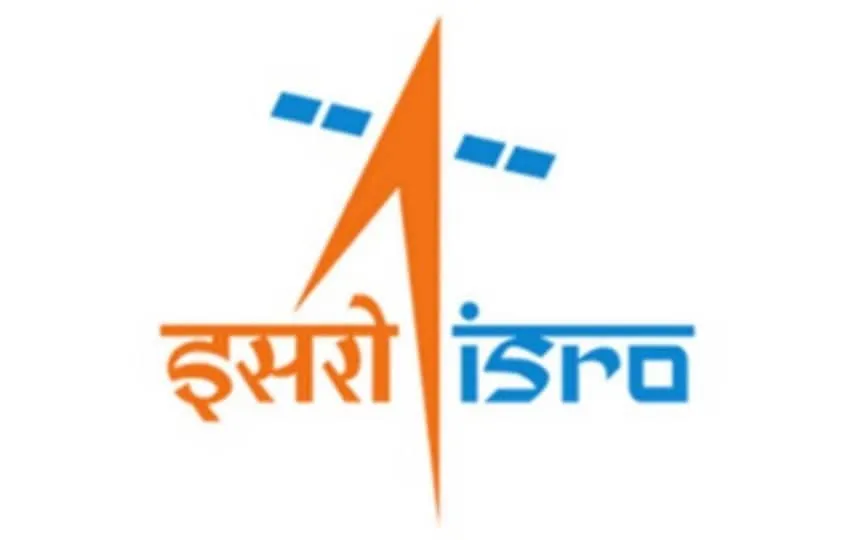Ready for Liftoff: ISRO to Launch Humans to the Moon by 2040 and a Space Station by 2035!
India is making significant progress in its space endeavors, with a focus on various space missions and international partnerships. The country is elevating its global standing in the realm of space exploration. During the Bengaluru Tech Summit (BTS-2023), Victor Joseph, the associate scientific secretary of the Indian Space Research Organisation (ISRO), shed light on the agency’s current efforts to send an Indian astronaut to the Moon and provided updates on the Gaganyaan mission.
An Indian man on the moon by 2040?
According to a report in The New Indian Express, Victor Joseph announced that India is planning a major lunar exploration with plans to put a man on the moon by 2040. This ambitious project is expected not only to be a historic achievement for India but also to attract significant private corporate investment in the space sector.
Gaganyaan mission
Joseph said the Gaganyaan project is progressing with vehicle tests and unmanned missions scheduled for completion next year. The Gaganyaan mission aims to demonstrate human spaceflight capability by sending a three-person crew into orbit about 400 km above Earth for a three-day mission, culminating in a safe return landing in Indian waters.
As revealed by ISRO, Gaganyaan’s launch vehicle is a LVM3 rocket, a proven and reliable heavy lift launch vehicle reconfigured to meet human rating requirements and now known as Human Rated LVM3 (HLVM3). HLVM3 launches the orbital module into a 400 km orbit. It includes a solid, liquid and cryogenic phase. ISRO includes Crew Escape System (CES) for Gaganyaan mission. It is powered by fast-acting, high-burn rate fixed motors that ensure a safe distance in emergency situations.
Bharatiya Antariksha station
Joseph further outlined India’s determination to establish its own space station, the Bharatiya Antariksha Station, by 2035. This ambitious goal is in line with a broader strategy to increase India’s share of the global space economy from 2% in 2023 to an impressive 15% by 2047. , which equates to a whopping $1.5 trillion.
Joseph emphasized the importance of the “Space Act” as it strengthens policy regulations and incentives and clarifies the roles of various actors, including Foreign Direct Investment (FDI) policy.
This legislative framework is crucial to provide an appropriate environment for the growing space industry.




